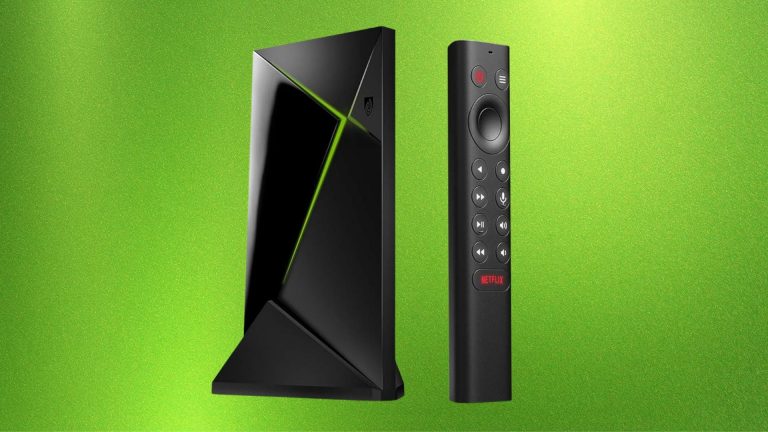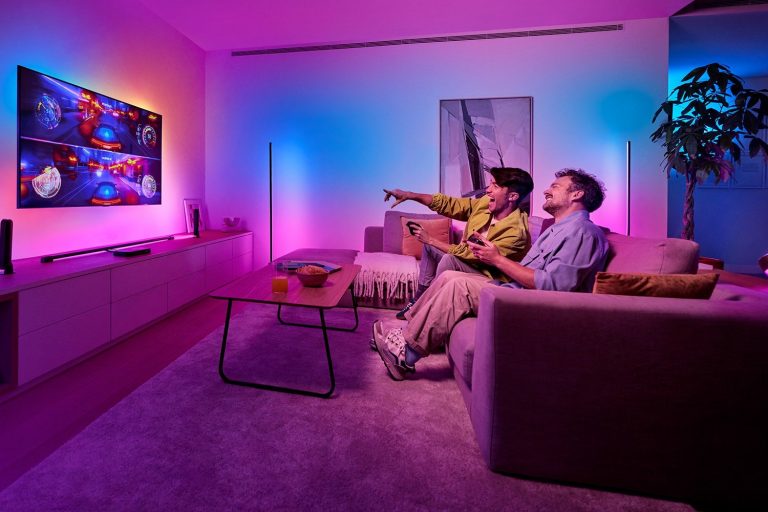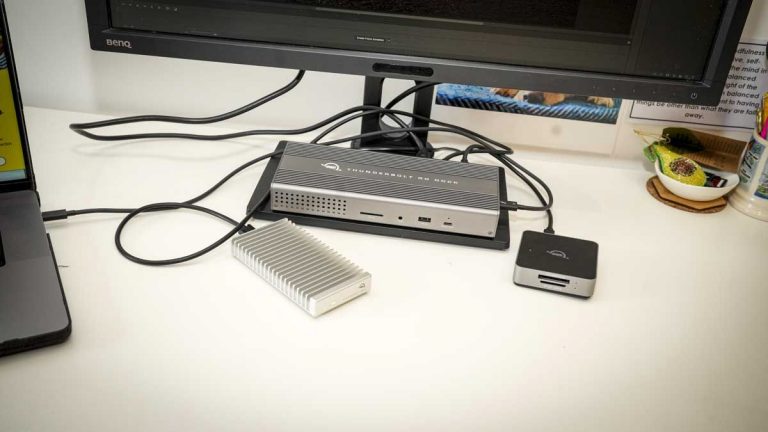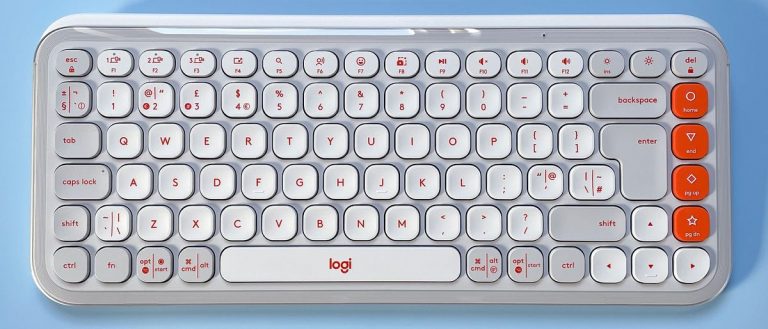The Upgrades We’ve Been Waiting for
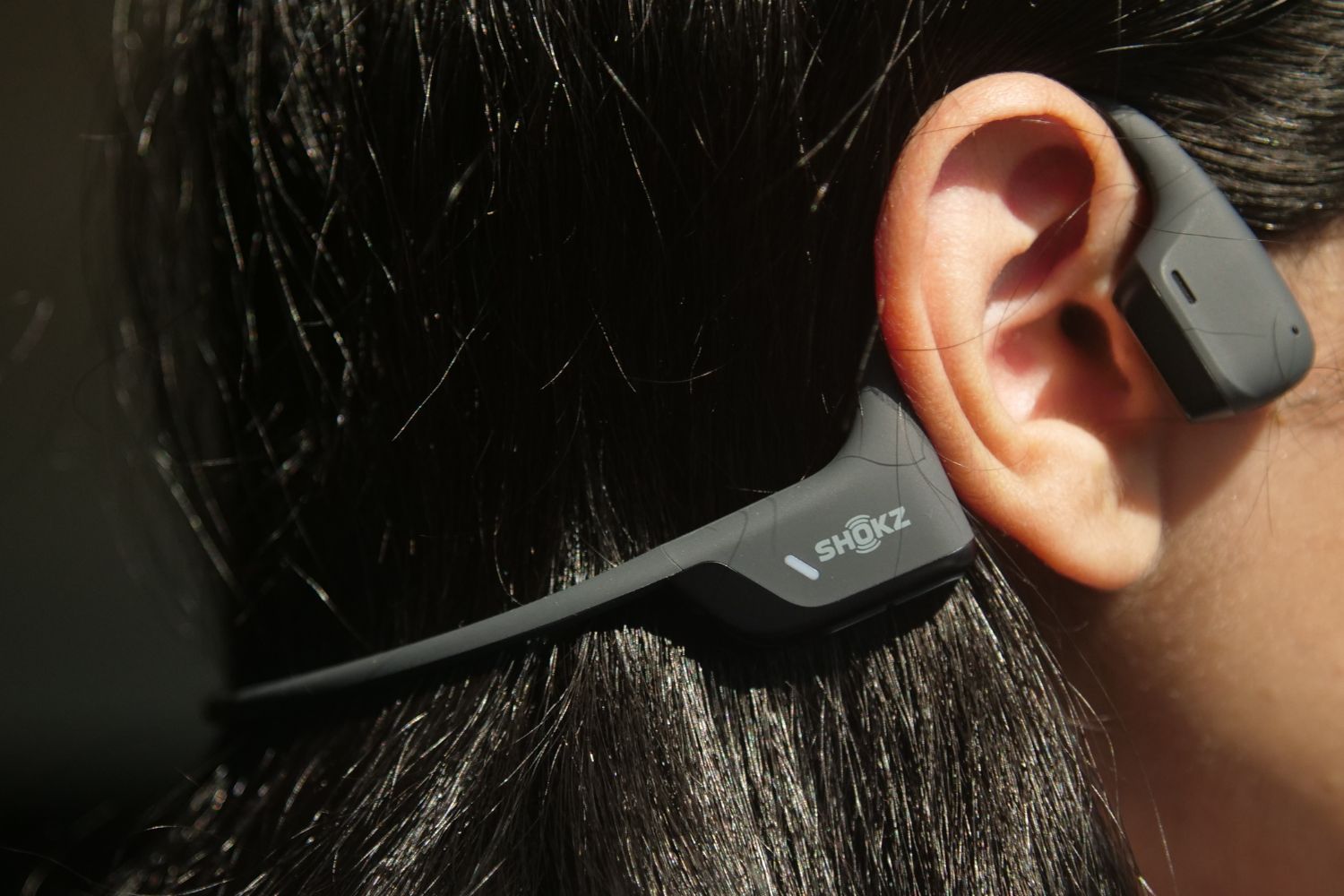
Headquartered in Shenzhen, China, Shokz has garnered quite a reputation among runners in the US. A runner friend and her NYC marathon buddies all swear by these headsets. The OpenRun Pro headphones launched two years ago were a hit already, but Shokz upgraded them and released the OpenRun Pro 2. The flagship running headphones are now available on the site for $180.
The Shokz Sports Series has a fair amount of bone-conduction headphones that have slowly become the company’s identity. Designed to be worn when you’re training, running a marathon, hiking, biking, or even during busy commutes, these headphones have one overarching purpose: to keep you in touch with your surroundings. Many wireless in-ear buds already achieve that by embedding mics that unnaturally emphasize the ambient sounds around you. But since that’s an artificial way of achieving a natural effect, it often sounds unpleasant. This is why you hear that overly fake hiss and the excessively exaggerated environmental sounds on a lot of earbuds’ ambient modes.
However, being unaware of your surroundings outdoors is also not a good idea. Bone-conduction headphones solves this dilemma. They rest on your cheekbones instead of inside your ear canal so that your ears are free to hear environmental sounds. The sound is transmitted to your ears through vibrations via your cheekbones. Of course, the downside is a drop in audio quality since a peripheral deep in your ear canals will sound better than one resting an inch away. Low-end is what ends up getting the most affected by bone conduction tech.

On the new OpenRun Pro 2 headphones, Shokz moved from bone-conduction tech to DualPitch. This new proprietary tech uses a pair of separate, dedicated drivers instead of a single driver doing all the work on the company’s past offerings. The two drivers—bone conduction and air conduction—are decoupled, which means they work independently.
The company says DualPitch offers two major benefits: reduced vibrations and improved bass. Since bone conduction tech relies solely on vibrations, it’s crucial that they don’t feel too overbearing for the user. Also, as mentioned, bone conduction deals with the biggest blow to bass, so the additional air conduction driver helps remedy that.
I’m most looking forward to Type-C charging on the second-gen OpenRun Pros. Most Shokz sports headphones have featured magnetic charging so far, including the first-gen OpenRun Pros. I was a regular user of the Shokz OpenSwim Pros until they ran out of juice a few weeks ago. They’ve been lying dead on my side table ever since, only because I haven’t had the time or patience to look for its proprietary magnetic charger. Thank God and the EU for pushing companies worldwide to switch to a universal Type-C charging standard.
Other charging-related upgrades include better battery life (12 hours compared to 10 hours on the Gen 1s) and a five-minute quick charge, providing an additional hour (a total of 2.5 hours) on the flagship. The charging time is still one hour, and the dust and water resistance is still IP55. I prefer higher water resistance, at least IP57, for headphones designed for rough adventures. I’m glad the Type-C charging port has a rubberized flap covering to prevent dust particles or water from getting through.

Shokz says the clamping force has been reduced by 16% compared to previous models, but to attest to that, I’d have to spend more time with it than the 10-minute demo I was given along with other media. The OpenRun Pro 2 headphones pack an extra gram—30g compared to 29g on the last model—but that should hardly be noticeable. The Bluetooth version upgraded from 5.1 to 5.3 on the new version. The noise-canceling and wind-resistant mics on the Gen 2s offer AI noise-reduction algorithms. Shokz guaranteed in the demo that they’d be good for filtering around 96% background noise in windy conditions up to 25 km/h.
Starting today, you can order the OpenRun Pro 2 headphones for $180. They come in two colorways, Black and Orange, and two sizes, Standard and Mini, to accommodate various head sizes. I’ve been considering resuming my evening runs, and I’ll take this as a sign.
Source: gizmodo.com

